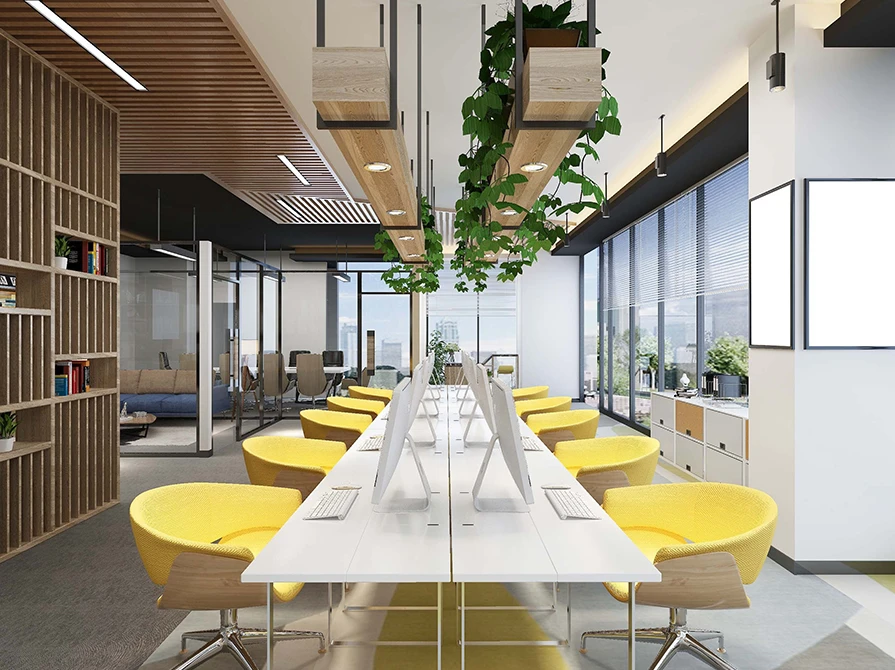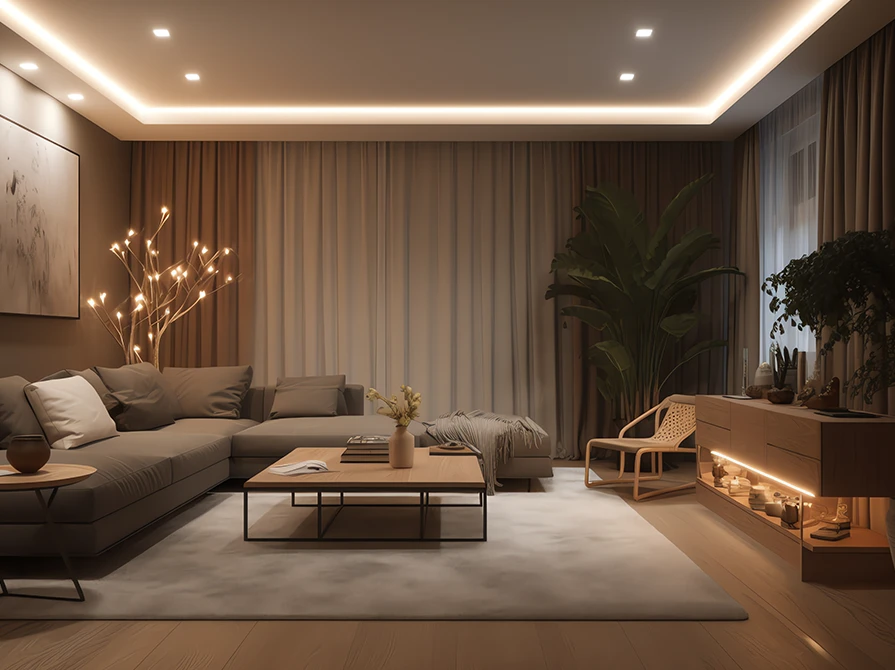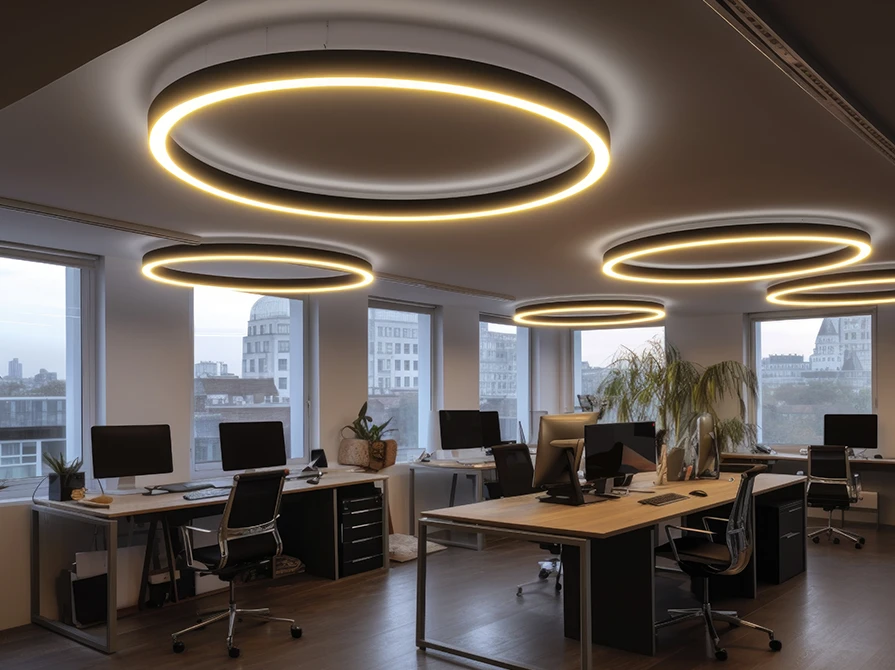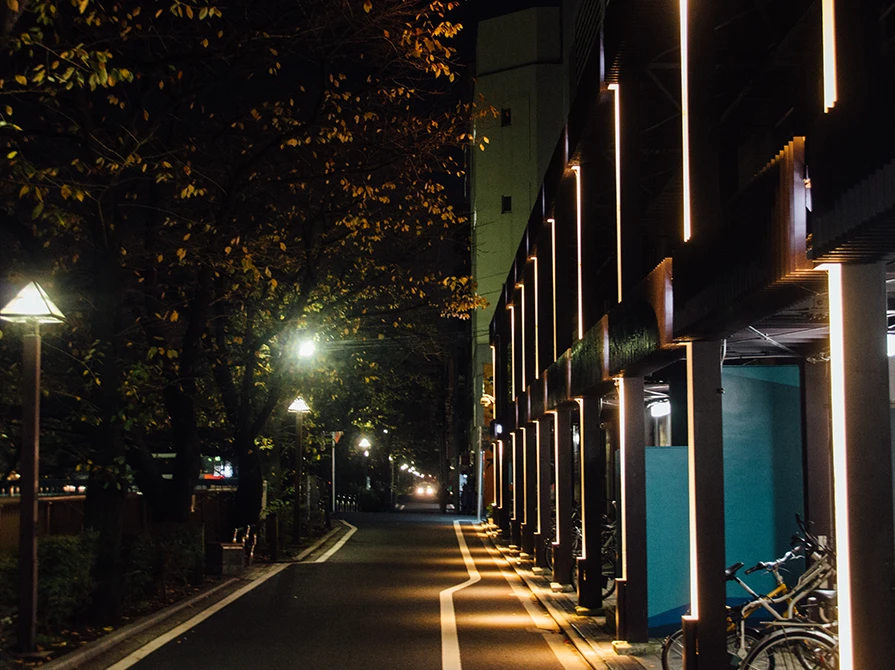

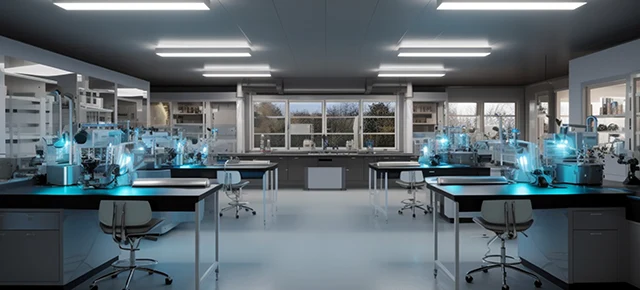
Lighting is an integral element of architectural design, and its significance extends far beyond mere aesthetics. In the world of lighting systems, there is a profound science behind the art of illuminating various spaces, each with unique requirements and objectives. When it comes to environments as specialized as scientific laboratories, the importance of lighting goes beyond basic principles and requires thorough planning and optimization. In scientific laboratories, the design and implementation of lighting systems are meticulously crafted to foster an environment conducive to cutting-edge research. The importance of good lighting in these spaces cannot be overstated, as it directly impacts the well-being of researchers and scientists, influences the quality of their work, and even contributes to the overall success of experiments and investigations.
One primary aspect is the comfort of researchers and scientists. Spending long hours in a laboratory demands lighting solutions that minimize eye strain and fatigue. Properly designed lighting not only reduces discomfort but also enhances productivity by allowing individuals to work efficiently without the distraction of discomfort.
Creating a positive research environment is equally vital. Adequate and well-distributed lighting can significantly impact the ambiance of a laboratory. It can inspire the occupants, encouraging a sense of optimism and dedication to their work. Bright, well-lit spaces can boost morale and promote collaboration among researchers, ultimately leading to more innovative and productive outcomes.
Moreover, lighting plays a pivotal role in minimizing the chances of human error. In scientific research, precision and accuracy are paramount. Good visibility, achieved through appropriate lighting levels and color rendering, ensures that scientists can observe and manipulate specimens, instruments, and data with precision. This reduces the likelihood of errors, which is particularly crucial when working with sensitive experiments and costly equipment.
Furthermore, safety considerations come into play in laboratories. Proper lighting helps create safe environments by reducing the risks of accidents and hazards. Illuminated pathways, emergency lighting systems, and clearly visible safety equipment contribute to the overall safety of the facility.
Various types of laboratories exhibit distinct lighting requirements that are closely aligned with their specific functions and activities. A comprehensive understanding of these unique needs is essential when it comes to choosing the most suitable lighting solutions, ergo guaranteeing optimal performance within each distinct laboratory setting. For eg. a research lab would prioritize task lighting while a chemical lab would prioritize choosing lights with maximum chemical resistance.
For maximum accuracy and productivity in science labs, it is crucial to choose lighting fixtures that do not produce any glare and reduce the amount of shadows that hinder visibility. Anti-glare lights make the environment comfortable by minimizing visual distress, thereby protecting the eyes of the scientists. Good lab lighting systems involve placing the lights in a way that generates minimum shadows and ensures clear visibility without hurting the eye.
Color temperature, which defines the warmth or coolness of light, holds a significant effect on visual perception and, therefore, plays a pivotal role in shaping the atmosphere within a laboratory setting. For eg. research labs often opt for cooler lighting to enhance precision in color differentiation, while the selection of warmer lighting can be instrumental in cultivating a more inviting and comfortable ambiance in other areas. Also, choosing luminaires with a high color rendering index (CRI) is important. A high CRI ensures that colors appear as they would under natural daylight, which is crucial for accurate observation and analysis of samples and experiments.
In a science laboratory, several specific areas require dedicated lighting fixtures to be precisely positioned to meet their unique requirements. Providing sufficient and well-focused task lighting for each workstation is an essential aspect of laboratory workspace design and architectural planning. Adjustable task lighting is particularly useful for lab users as they can customize the lighting fixture according to their needs, thus contributing to overall efficiency. One notable consideration is having task lights with brighter lumen than the ambient lights.
Use energy-efficient lighting solutions such as LED or fluorescent fixtures to reduce energy consumption and operating costs. Consider occupancy sensors and daylight harvesting systems to further optimize energy usage. LED lights come with a lot of benefits: they have a longer shelf life, illuminate quickly, do not have harmful substances, and are way brighter and energy-efficient than other lights, thus reducing the overall cost of application and maintenance. It's also critical to regularly inspect and clean lighting fixtures and diffusers to ensure they function optimally. Dust and dirt can accumulate over time, reducing light output and quality.
Emergency backup lights and safety lights are imperative in science labs to ensure the well-being of personnel and the integrity of ongoing experiments. In the event of power outages or unforeseen emergencies, such as chemical spills or equipment malfunctions, these lighting systems provide crucial illumination. Emergency backup lights, often equipped with battery power, activate automatically when the main power source fails, allowing for the safe evacuation of lab occupants and the continuation of critical procedures without disruption. Safety lights, strategically placed near emergency equipment and exits, ensure swift access to essential resources and evacuation routes. Overall, these lighting solutions are vital safeguards, offering peace of mind and protection in the face of unexpected mishaps within the lab environment.
Science labs are subject to a lot of hazardous risks due to extensive experiments and handling of sensitive chemicals. Typical light fixtures are not the best as lab lighting options. It is crucial to have lights that are explosion-proof or shatter-proof bulbs best suited for heavy-duty labs. The overall material of the luminaire should also be vapor-tight to avoid any kind of damage through various reactive gases or vapors. In some laboratory settings, it's essential to control ultraviolet (UV) and infrared (IR) radiation. Choosing lighting fixtures with appropriate filters or coatings to limit UV and IR exposure, which can affect experiments and equipment, is a must.
A cleanroom is a carefully curated space that maintains an extraordinarily low concentration of airborne particles. It is purposefully isolated and tightly controlled to prevent contamination while actively purifying the air. These specialized environments are frequently used for scientific research and industrial production, especially in processes involving nanoscale technologies like semiconductor manufacturing. The fundamental objective of a cleanroom is to shield its interior from a range of potential contaminants, including dust, airborne microorganisms, and vaporized particles. Moreover, cleanrooms serve an essential role in preventing the release of materials, particularly in fields involving hazardous biological, nuclear work, pharmaceuticals, and virology acting as a protective shield.
Cleanroom lighting is special industry-tested lighting that adheres to various standards. Energy efficiency is one of the most important factors when it comes to cleanroom lab lighting as the overall cost of maintaining the space is predominantly high. Wipro has several cleanroom LED lighting solutions that have been made keeping the Indian power conditions in mind. They are water-proof, dust-proof, and extremely sturdy.
